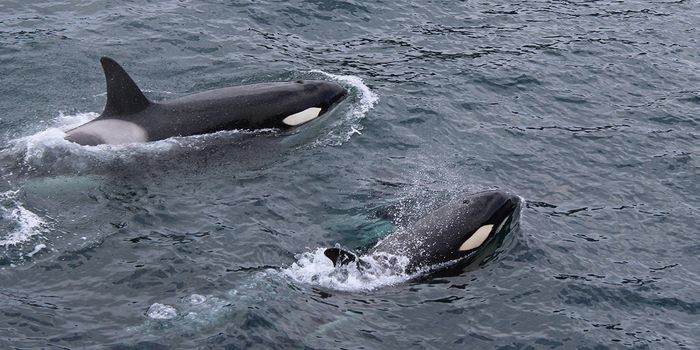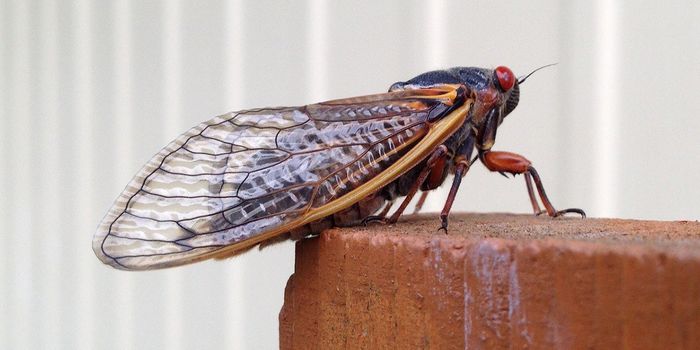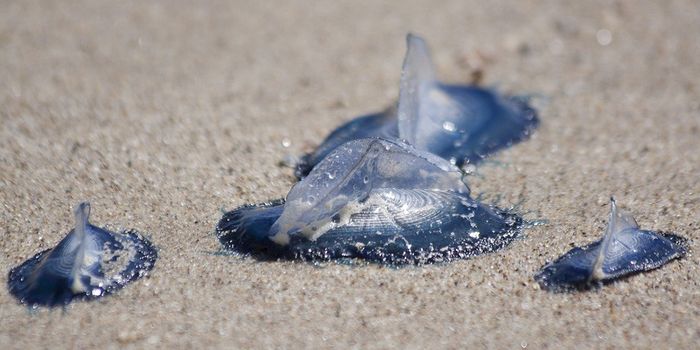This video describes the catastrophe that hit saiga antelopes in Kazakhstan last year when about 200,000 of these critically endangered antelopes died in Betpak-Dala in May. At the time of this video the cause of the deaths was still being debated; however scientists eventually found that the epidemic was most likely caused by bacterial infection. The antelope could have been exposed to new bacteria as a side effect of global warming - when they indirectly starting grazing farther north because of changing climates, they were exposed to new bacteria from different pesticides.
However, since the time of this video, there has fortunately been good news for the antelope and concerned conservationists. A recent aerial survey of saigas carried out from April 18 to May 3, 2016 has revealed that the numbers of all three saiga populations in Kazakhstan-Ural, Betpak-Dala and Ustyurt - are going up. The surveys were conducted by the Ministry of Agriculture of the Republic of Kazakhstan in partnership with the Association for the Conservation of Biodiversity of Kazakhstan.
The surveys counted a total of 108,300 adult saigas. The Ural population has about 70,200 individuals, up from 51,700 in 2015, while the Ustyurt population has around 1,900 individuals, up from 1,200 in 2015. The Betpak-Dala population also showed promise with about 36,200 individuals, the results revealed.
"This is far below the 242,000 animals we counted in spring 2015, before the mass-die off," Albert Salemgareyev from ACBK, co-leader of the Altyn Dala Conservation Initiative, said. "But we are grateful for this glimpse of hope."
Sources: Mongabay News








